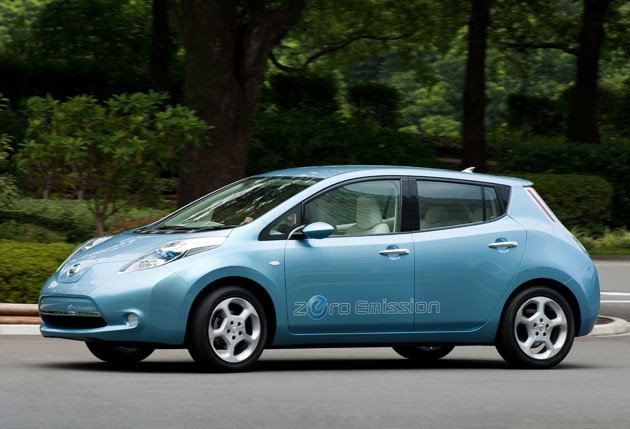 Nissan hopes to accelerate the production of electric batteries even without government support, offering a timeline of three years before the cost-cutting effort showed results noticeable to auto buyers.
Nissan hopes to accelerate the production of electric batteries even without government support, offering a timeline of three years before the cost-cutting effort showed results noticeable to auto buyers.
However, Nissan and Renault plan to offer its new electric battery technology in countries that have state subsidies available for consumers.
“We have the loans, we have the agreements with different governments and we are engaging 500,000 batteries,” according to Nissan CEO Carlos Ghosn. “I will not sell an electric car that is 25 percent more expensive than a gasoline powered one.”
Although Nissan would like to reach the 500K platform, it’s unknown when the company expects to be able to do so.
In the future, technological improvements and better agreements with governments will allow the electric batteries to become available for a lower price. Nissan hopes to become the leader in electric vehicles, planning to launch battery-run cars in the next three years. The Japanese automaker will release its Leaf battery-powered vehicle sometime next year in the United States, Japan and parts of Europe.
Until the electric battery market matures, Nissan hopes to price Leaf towards compact gas-powered vehicles, according to press reports. If the price of gasoline remains high over the coming quarters, according to Nissan, the demand for electric vehicles could greatly increase as consumers look for more environmentally friendly cars.


